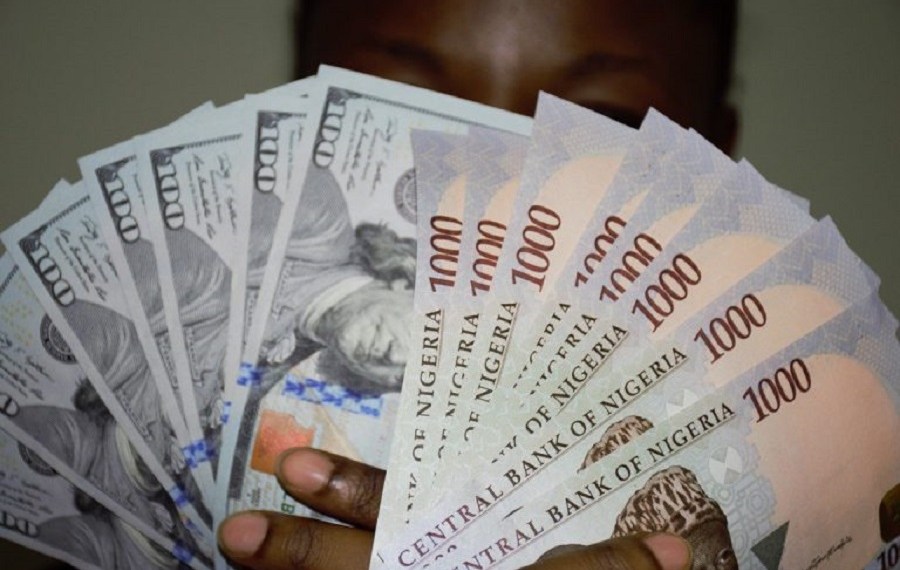
Sak Yant: King of Thailand’s Sacred Tattoos
October 31, 2024Sak Yant tattoos are not merely ink on the skin but a profound cultural and spiritual practice in Thailand. “Sak” means to tattoo by tapping, and “Yant” refers to Yantra, a mystical diagram from Hindu-Buddhist traditions. Together, Sak Yant represents tattoos imbued with magical properties.
These tattoos are believed to offer protection, good fortune, strength, and various blessings. They are more than decorative; each design has specific powers or benefits. Traditionally, Sak Yant tattoos are given by Buddhist monks or Ajarns (masters) in temple settings. The process involves chanting Pali verses (an ancient Buddhist language) to bless and activate the tattoo’s powers.
Common designs include the Hah Taew, offering five blessings; Paed Tidt, for protection from all eight directions; and Gao Yord, symbolizing Buddhist virtues. Receiving a Sak Yant often comes with commitments or taboos the bearer must follow to maintain its power, like abstaining from killing animals or lying.
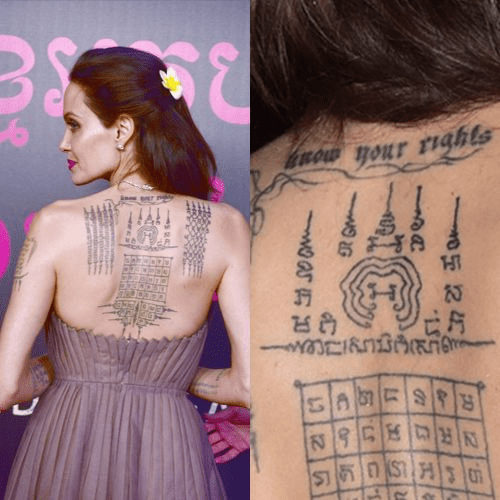
Unlike Western tattoos, Sak Yant tattoos require respect for the tradition. They are to be altered or covered with proper rituals, and covering them with other tattoos might be seen as disrespectful. While many still seek traditional Sak Yant in temples, commercialization has led to its availability in tattoo parlors, sometimes diluting the ritualistic and spiritual aspects.
Sak Yant has gained international fame, attracting tourists seeking an authentic experience or mystical protection. This often leads to a mix of reverence and appropriation. In essence, Sak Yant tattoos blend art, spirituality, and culture, deeply rooted in Thailand’s religious fabric, offering beauty and a way of life.
In the rich tapestry of global tattoo culture, few subjects are as intriguing and steeped in mystique as the “King of Thailand Tattoo.” This isn’t a title bestowed upon a tattoo artist, nor does it refer to a specific tattoo design. Instead, it’s a term that has evolved from a blend of myths, cultural reverence, and the unique tattoo practices found within Thailand, particularly linked to the Sak Yant.
Sak Yant: The Sacred Tattoo
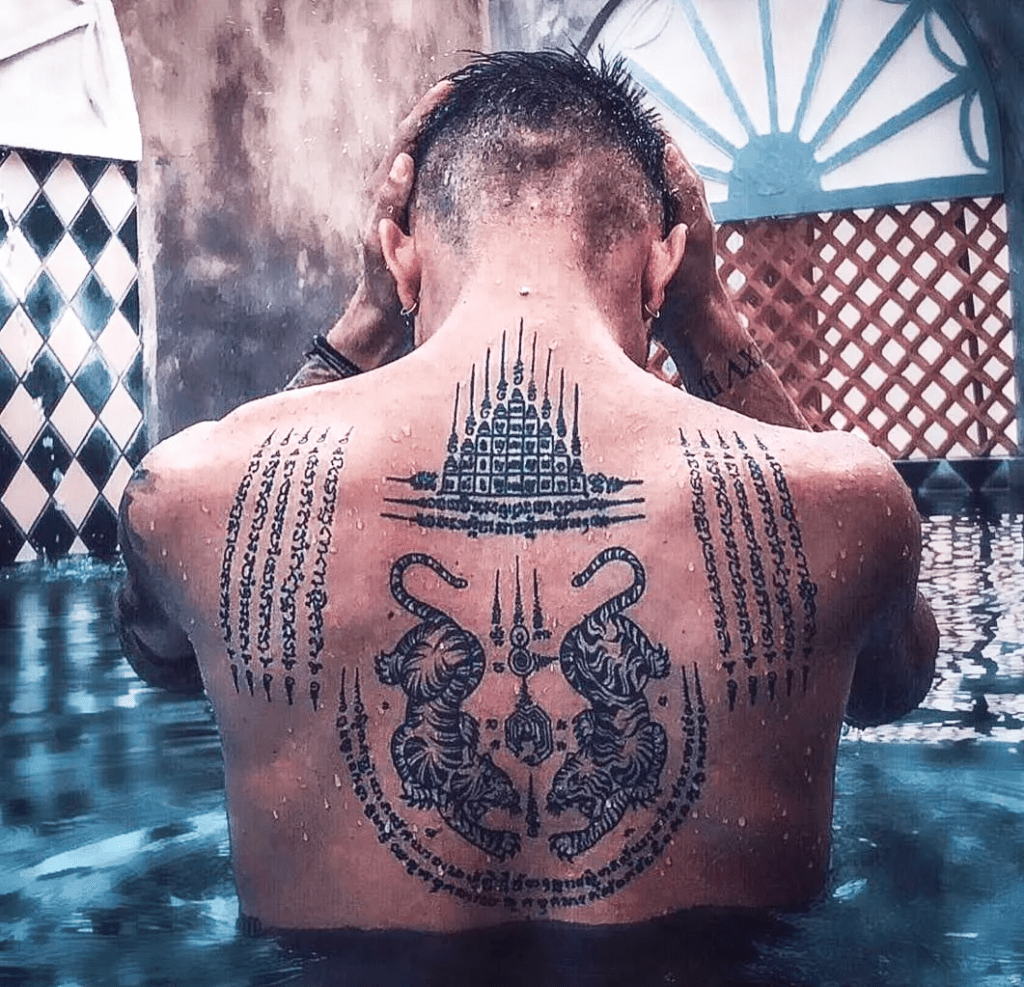
The Sak Yant tattoo is the cornerstone of what might be colloquially referred to as the “King of Thailand Tattoo.” Sak Yant, meaning “to tap” Yantra, are traditional Thai tattoos that are more than mere body art; they are considered sacred, magical, and protective. These tattoos are often given by monks or masters known as Ajarns, who imbue each design with spiritual significance through chants and blessings during the tattooing process.
The Symbolism and Spirituality
Sak Yant tattoos are not chosen lightly. They are believed to offer protection, luck, strength, and other mystical benefits. Here are some common motifs:
- Hah Taew – The Five Line Design, which provides five blessings: kindness, popularity, charm, progress, and protection from danger.
- Paed Tidt – The Eight Directional Design, which offers protection from all eight directions.
- Gao Yord – The Nine Spires, representing the nine aspects of Buddhist morality.
Each design is an aesthetic choice and a spiritual commitment, often accompanied by rules the bearer must follow to maintain the tattoo’s power.
The Misnomer “King of Thailand Tattoo”
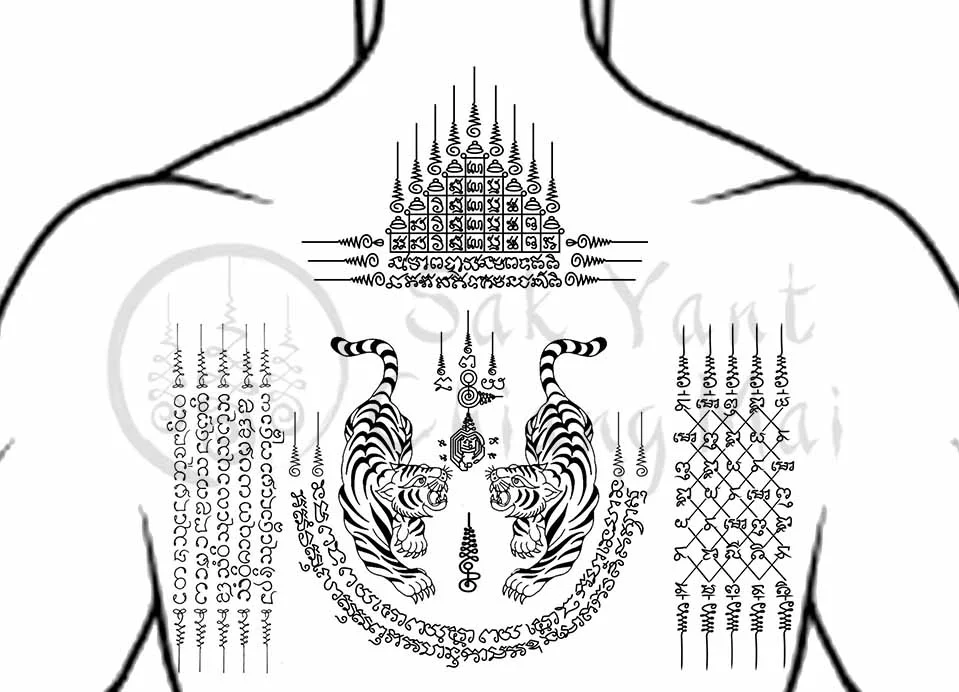
Why then, might one hear of a “King of Thailand Tattoo”? This term could arise from several cultural misunderstandings or romanticized notions:
- Royal Influence: Historically, Thai royalty, including kings, were often depicted with tattoos in ancient artworks, suggesting a connection between royalty and tattoos. However, this does not imply a specific “royal tattoo.”
- Cultural Confusion: Foreigners might mistakenly refer to any traditional Thai tattoo as a “King of Thailand Tattoo,” attributing a regal status due to the tattoos’ sacred and revered nature in Thai culture.
- Marketing and Misinformation: In the global tattoo scene, exoticizing or mislabeling can be a tactic to draw interest. A tattoo artist might claim to offer a “King of Thailand Tattoo” to imply rarity or prestige.
Modern Interpretations and Practices
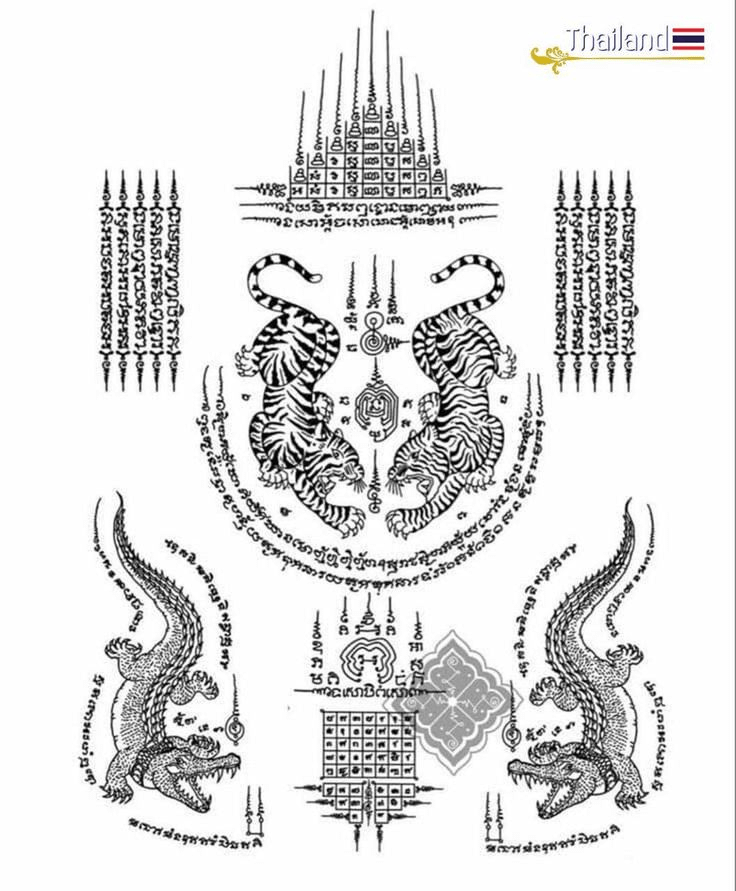
Today, the practice of getting a Sak Yant has seen a surge in popularity among foreigners, who are attracted by the mystical allure and intricate designs. However, this has led to the commercialization of what was once a deeply spiritual and private ritual.
- Tourist Appeal: Many tattoo shops in tourist areas like Bangkok or Chiang Mai offer Sak Yant tattoos, not always respecting the traditional methods or spiritual significance.
- Authenticity Concerns: True Sak Yant tattoos should be received in temples or from respected Ajarns, not in commercial parlors. The process involves rituals and must be treated with respect.
Conclusion
The “King of Thailand Tattoo” doesn’t exist as a defined entity but represents a cultural misinterpretation of the profound Sak Yant tradition. These tattoos are not about royal lineage or status but about spiritual protection and guidance.
For those intrigued by the idea, understanding the cultural depth and respecting the tradition behind Sak Yant is crucial, ensuring that what one seeks isn’t just a tattoo but a connection to centuries-old spiritual practices.
NOTICE!! NOTICE!! NOTICE!!
DISCLAIMER!! : Every Biography and Contents Published On TheCityCeleb are For Knowledge Reason, Don't Hesitate to Reach Out to Us/Contact for Any Correction || Suggestion || Copyright!!CORRECT@thecityceleb.com
Call: (+234) 815-413-5400 || Email: info@thecityceleb.com
WhatsApp: (+234) 703-964-6947
FOLLOW US TODAY!!
PS!!: Connect With Us On Social Media To Catch Up With Our Juicy Updates; Facebook, Twitter, Instagram!!



